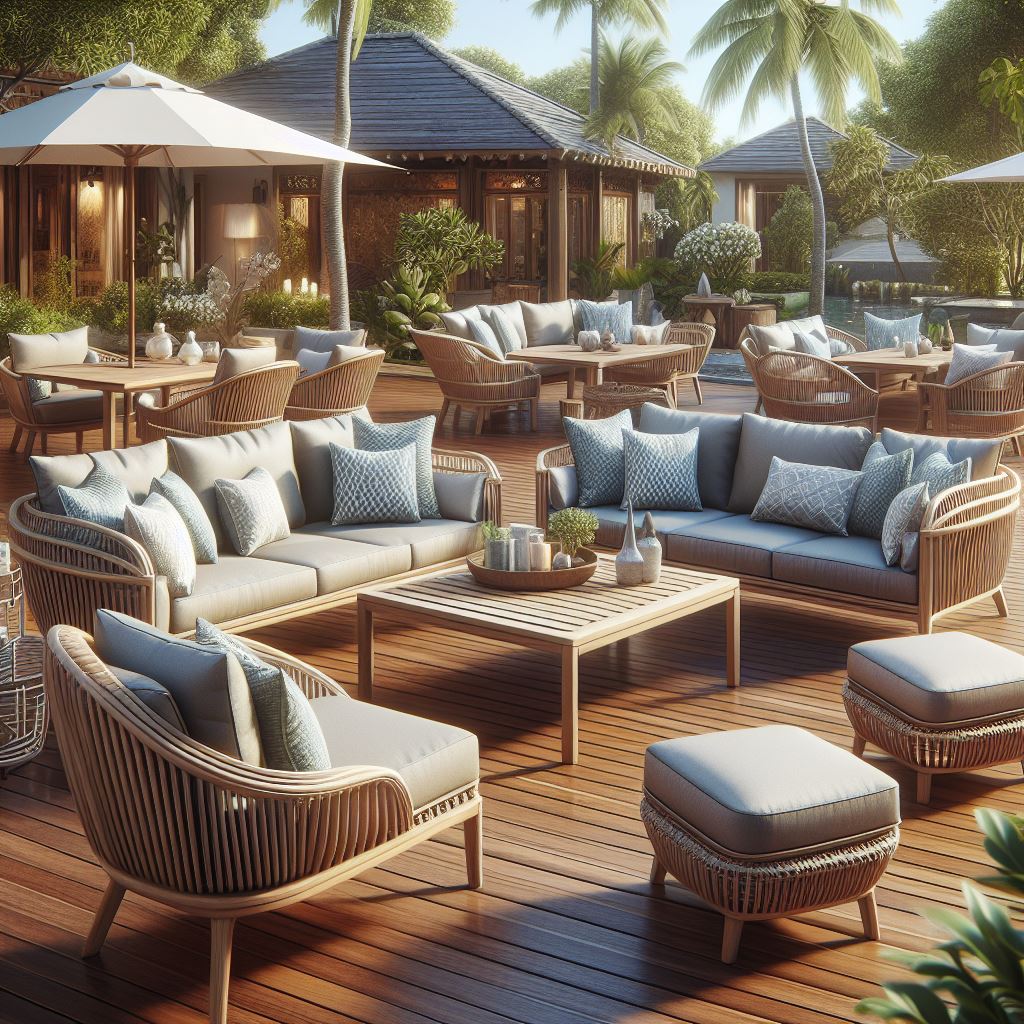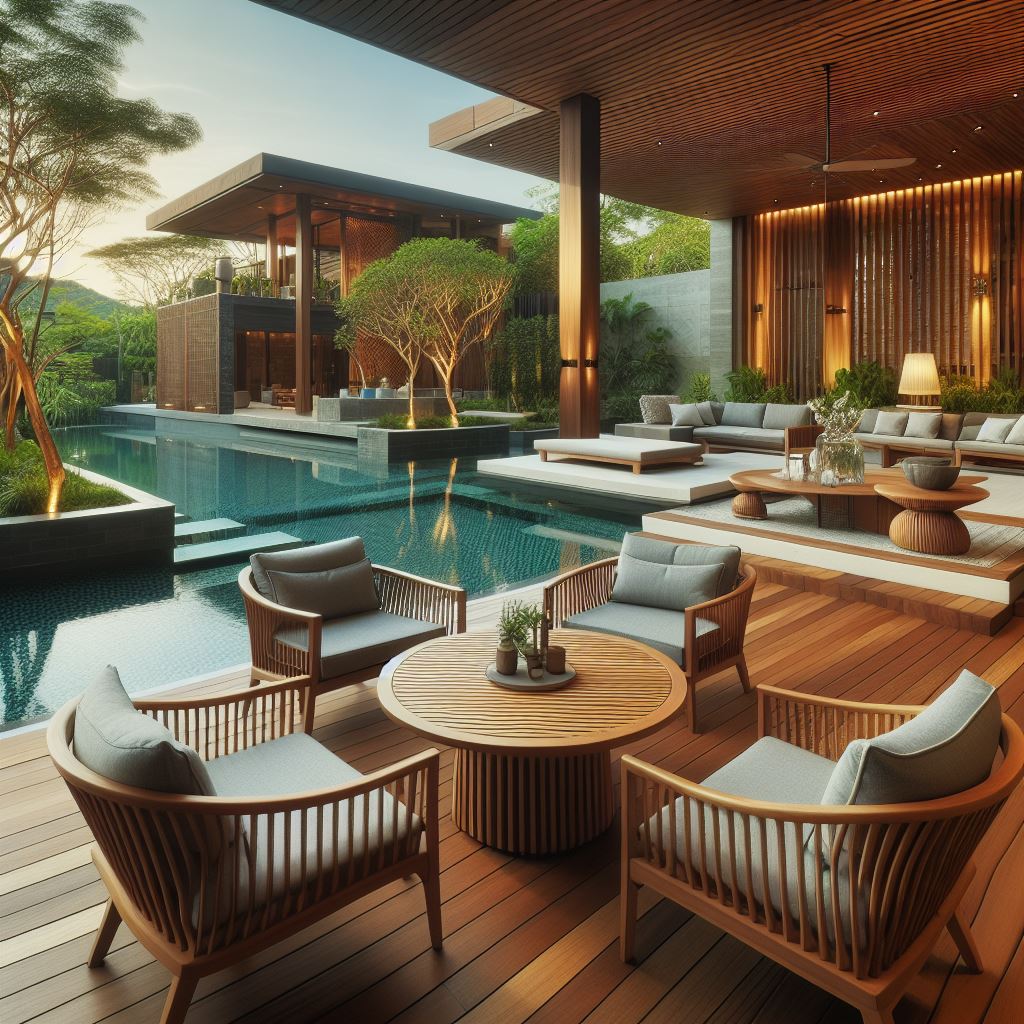In the realm of interior design, the concept of Urban Chic has emerged as a dominant trend, seamlessly blending modern sophistication with rugged industrial elements. This approach to design encapsulates the essence of urban living, infusing spaces with character, charm, and a hint of edginess. At its core, Urban Chic celebrates the beauty of imperfection and embraces the raw, unrefined aesthetic of industrial settings. Let’s delve deeper into the art of incorporating industrial elements into home design, exploring its history, key elements, practical applications, and the unparalleled ambiance it creates.
History of Industrial Design
Industrial design traces its roots back to the early 20th century, born out of the necessity to optimize functionality and efficiency in manufacturing processes. What began as a utilitarian approach soon transcended its industrial origins, influencing various facets of design, including architecture and interior decor. The rugged charm of warehouses, factories, and loft spaces became a source of inspiration for designers seeking to break away from traditional conventions and embrace a more avant-garde aesthetic.
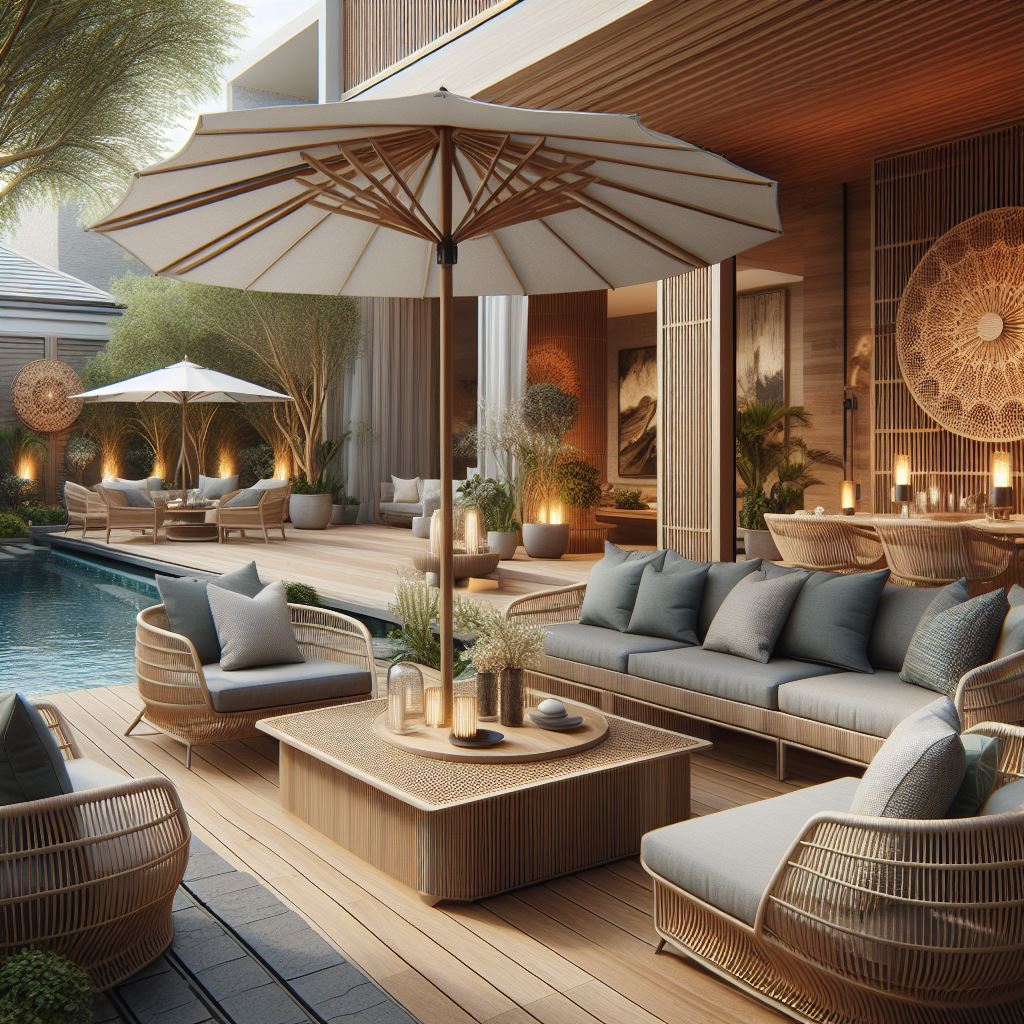
Key Elements of Urban Chic
Urban Chic design is characterized by several key elements that define its distinct appeal. Raw materials such as exposed brick, weathered wood, and unfinished metal form the foundation of this style, lending spaces an industrial edge. The minimalist ethos of Urban Chic emphasizes clean lines, open spaces, and functional design, eschewing excess ornamentation in favor of simplicity and sophistication.
Incorporating Industrial Elements into Home Design
The beauty of Urban Chic lies in its versatility, offering myriad ways to incorporate industrial elements into home decor. Exposed brick walls add texture and warmth to interiors, infusing them with a sense of history and authenticity. Metal accents, whether in the form of light fixtures, furniture legs, or decorative objects, lend an industrial flair to any space. Reclaimed wood furniture serves as a focal point, bridging the gap between rustic charm and contemporary elegance.
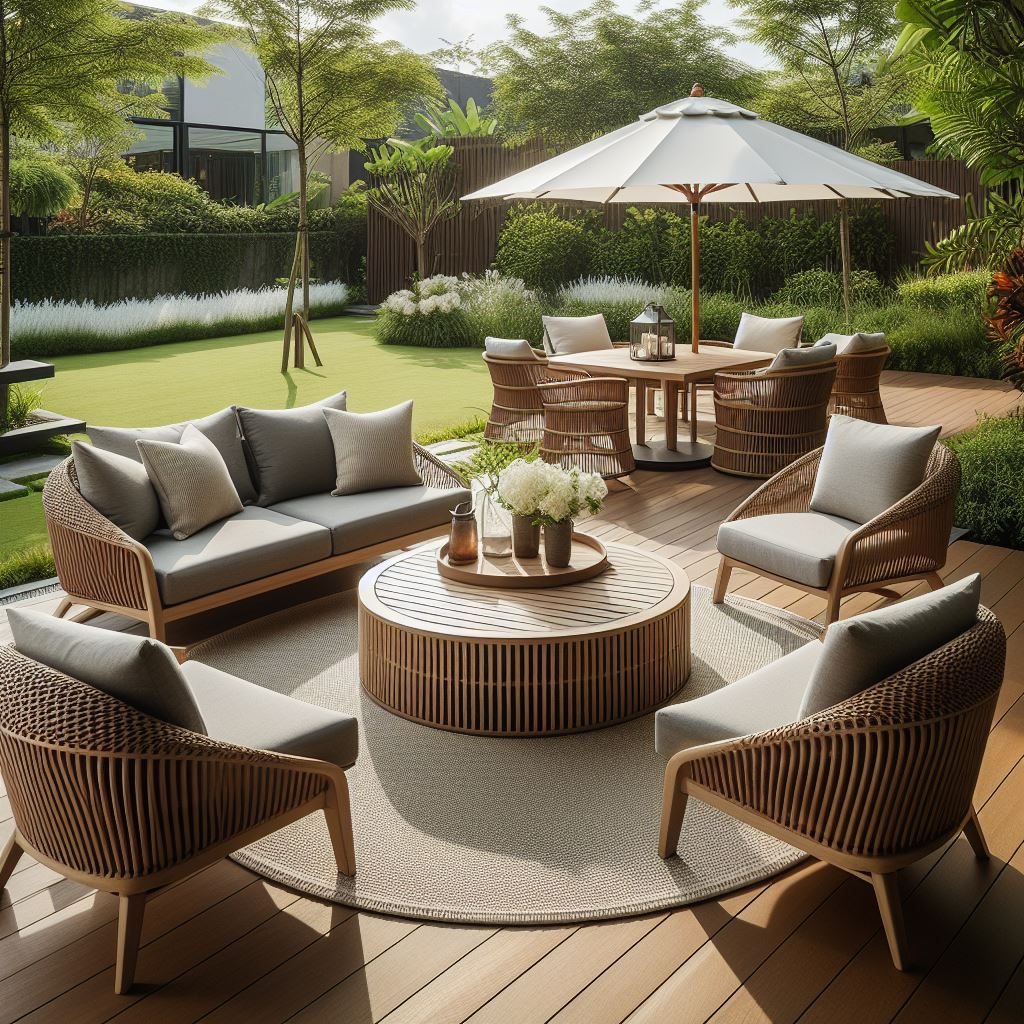
Color Palette and Textures
When it comes to color palettes, Urban Chic favors neutral tones such as shades of gray, beige, and brown, creating a cohesive backdrop for industrial accents to shine. Contrast is key, with soft textiles like plush rugs and velvet upholstery juxtaposed against hard surfaces for visual interest. Textures play a crucial role in adding depth and dimension to interiors, with distressed finishes and tactile materials inviting touch and exploration.
Furniture and Decor Choices
Choosing the right furniture and decor is essential to achieving an Urban Chic aesthetic. Vintage industrial furniture pieces, characterized by their robust construction and utilitarian appeal, exude timeless charm. Statement lighting fixtures, inspired by factory lights and warehouse pendants, serve as functional art pieces, illuminating spaces with a warm, inviting glow.
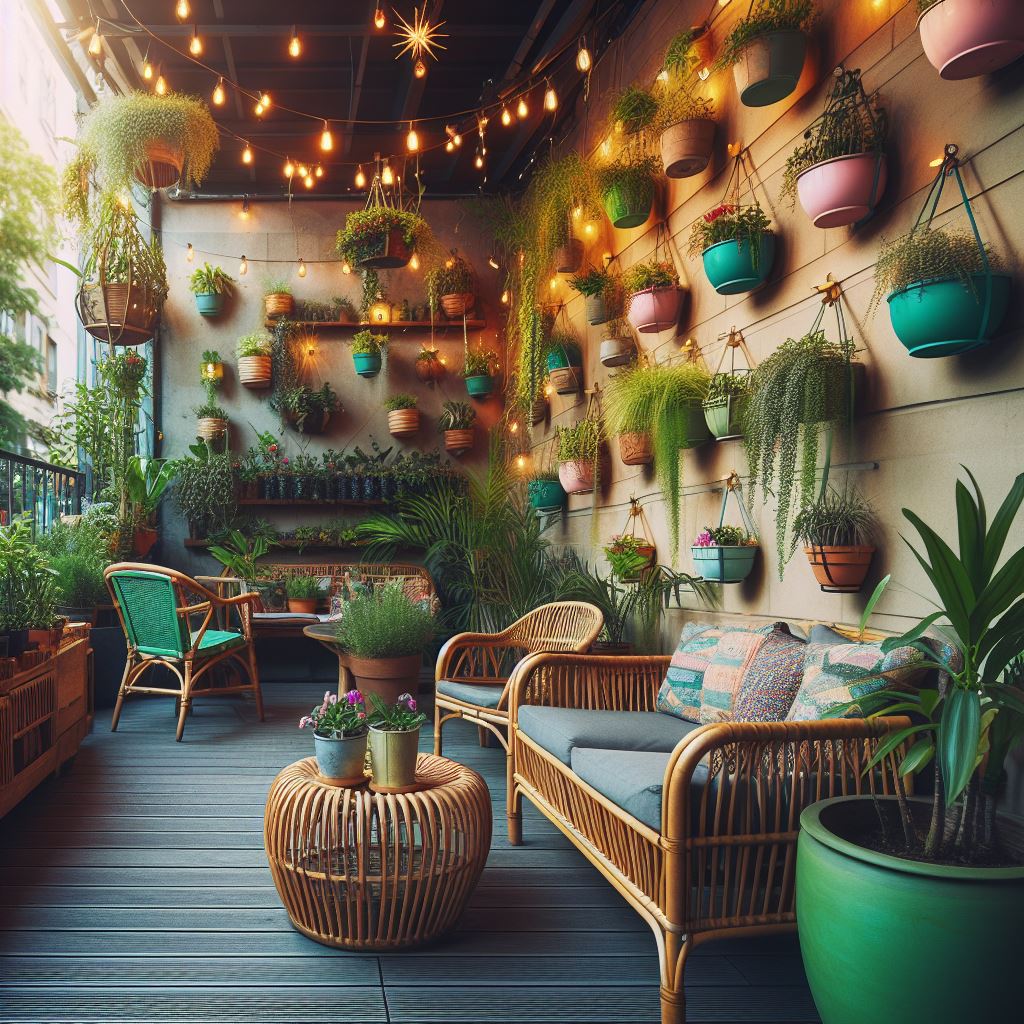
Spatial Arrangement
The spatial arrangement is integral to Urban Chic design, with an emphasis on open floor plans and fluid transitions between living areas. By maximizing vertical space and minimizing clutter, Urban Chic interiors feel airy and expansive, evoking the sense of freedom synonymous with urban living.
Creating Ambiance
Ambiance plays a pivotal role in setting the mood in Urban Chic interiors. Lighting techniques such as track lighting, Edison bulbs, and exposed filament bulbs cast a soft, flattering glow, accentuating industrial elements and creating a cozy atmosphere. Incorporating greenery and natural elements brings a touch of life and vitality to spaces, softening the industrial aesthetic with organic warmth.
DIY Ideas for Industrial Home Decor
For those with a creative streak, DIY projects offer an opportunity to personalize their living spaces and express their individual style. Industrial pipe shelving, constructed from galvanized steel pipes and reclaimed wood planks, adds a rustic touch to walls while providing practical storage solutions. Concrete countertops lend an industrial edge to kitchens and bathrooms, offering durability and a modern aesthetic.
Budget-Friendly Options
Achieving an Urban Chic look doesn’t have to break the bank. Thrift stores, flea markets, and salvage yards are treasure troves of vintage finds and reclaimed materials, offering budget-friendly alternatives to mass-produced furniture and decor. Repurposing materials such as pallet wood and metal scraps unleashes creativity and adds a unique touch to home interiors.
Maintenance and Sustainability
Maintaining industrial elements requires careful consideration to preserve their integrity and patina. Regular cleaning and upkeep help prolong the lifespan of raw materials such as exposed brick and metal fixtures, ensuring they retain their original beauty. Embracing sustainability principles, such as upcycling and recycling, aligns with the ethos of Urban Chic design, minimizing waste and reducing environmental impact.
Case Studies
Real-life examples of Urban Chic homes showcase the versatility and timeless appeal of this design aesthetic. From converted warehouses to industrial lofts, these spaces epitomize the marriage of form and function, offering a glimpse into the possibilities of Urban Chic living. Each home tells a story, reflecting the personality and lifestyle of its inhabitants while celebrating the inherent beauty of industrial design.
Benefits of Urban Chic Design
The benefits of Urban Chic design extend beyond aesthetics, encompassing practicality, versatility, and longevity. Its timeless appeal transcends fleeting trends, offering a canvas for self-expression and creativity. Versatility in styling allows for seamless integration with existing decor styles, while the durability of industrial materials ensures longevity and sustainability.
Challenges and Considerations
Despite its many virtues, Urban Chic design presents its own set of challenges and considerations. Balancing industrial elements with comfort and coziness requires a delicate touch, avoiding an overly stark or cold aesthetic. Personalization is key to creating a home that reflects the unique tastes and preferences of its inhabitants, striking a harmonious balance between form and function.
Conclusion
Incorporating industrial elements into home design is more than just a stylistic choice; it’s a lifestyle statement that celebrates the beauty of imperfection and embraces the raw, unrefined aesthetic of urban living. Urban Chic design offers a fresh perspective on interior decor, blurring the lines between industrial grit and modern elegance. By seamlessly blending raw materials, minimalist aesthetics, and functional design, Urban Chic creates spaces that are as visually captivating as they are invitingly comfortable.
FAQs:
- Is Urban Chic suitable for all types of homes? Urban Chic design can be adapted to suit various home styles, from spacious lofts to cozy apartments. However, it may not be ideal for traditional or classical interiors that favor ornate detailing and rich finishes.
- How can I incorporate industrial elements into a small space? In small spaces, focus on key industrial accents such as metal fixtures, exposed brick wallpaper, and streamlined furniture with clean lines. Opt for multipurpose pieces that maximize functionality without overwhelming the space.
- What are some budget-friendly ways to achieve an Urban Chic look? Thrift stores, flea markets, and online marketplaces are excellent sources for affordable vintage finds and reclaimed materials. DIY projects, such as repurposing old furniture or creating industrial-inspired decor, also offer cost-effective solutions.
- Can Urban Chic design be combined with other decor styles? Yes, Urban Chic design lends itself well to eclectic and mixed-style interiors. It can be paired with mid-century modern, Scandinavian, or bohemian elements to create a unique fusion of styles that reflects your personal taste and personality.
- How can I maintain industrial elements in my home? Regular cleaning and maintenance are essential to preserve the integrity of industrial materials. Use appropriate cleaning products and techniques for different surfaces, and address any signs of wear or damage promptly to prevent deterioration.
